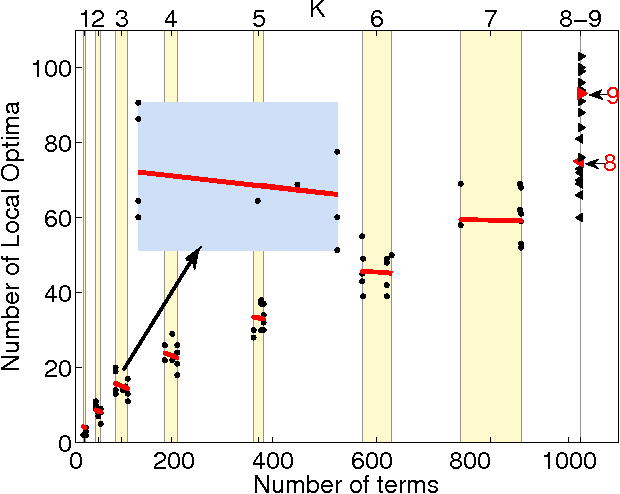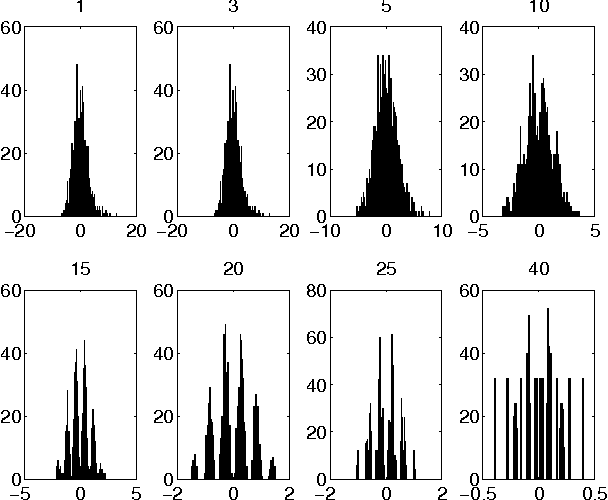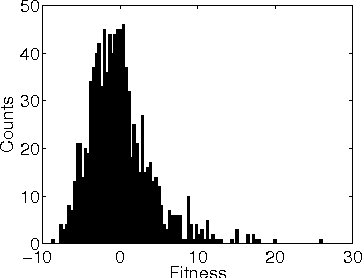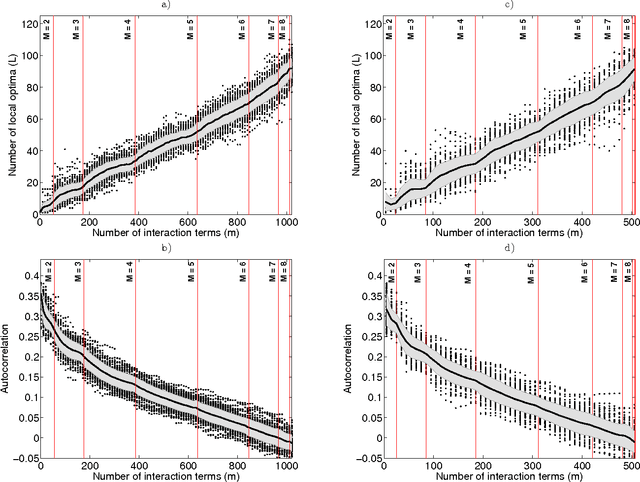Margaret J. Eppstein
A General Model of Conversational Dynamics and an Example Application in Serious Illness Communication
Oct 11, 2020



Abstract:Conversation has been a primary means for the exchange of information since ancient times. Understanding patterns of information flow in conversations is a critical step in assessing and improving communication quality. In this paper, we describe COnversational DYnamics Model (CODYM) analysis, a novel approach for studying patterns of information flow in conversations. CODYMs are Markov Models that capture sequential dependencies in the lengths of speaker turns. The proposed method is automated and scalable, and preserves the privacy of the conversational participants. The primary function of CODYM analysis is to quantify and visualize patterns of information flow, concisely summarized over sequential turns from one or more conversations. Our approach is general and complements existing methods, providing a new tool for use in the analysis of any type of conversation. As an important first application, we demonstrate the model on transcribed conversations between palliative care clinicians and seriously ill patients. These conversations are dynamic and complex, taking place amidst heavy emotions, and include difficult topics such as end-of-life preferences and patient values. We perform a versatile set of CODYM analyses that (a) establish the validity of the model by confirming known patterns of conversational turn-taking and word usage, (b) identify normative patterns of information flow in serious illness conversations, and (c) show how these patterns vary across narrative time and differ under expressions of anger, fear and sadness. Potential applications of CODYMs range from assessment and training of effective healthcare communication to comparing conversational dynamics across language and culture, with the prospect of identifying universal similarities and unique "fingerprints" of information flow.
Tunably Rugged Landscapes with Known Maximum and Minimum
Sep 03, 2014



Abstract:We propose NM landscapes as a new class of tunably rugged benchmark problems. NM landscapes are well-defined on alphabets of any arity, including both discrete and real-valued alphabets, include epistasis in a natural and transparent manner, are proven to have known value and location of the global maximum and, with some additional constraints, are proven to also have a known global minimum. Empirical studies are used to illustrate that, when coefficients are selected from a recommended distribution, the ruggedness of NM landscapes is smoothly tunable and correlates with several measures of search difficulty. We discuss why these properties make NM landscapes preferable to both NK landscapes and Walsh polynomials as benchmark landscape models with tunable epistasis.
 Add to Chrome
Add to Chrome Add to Firefox
Add to Firefox Add to Edge
Add to Edge